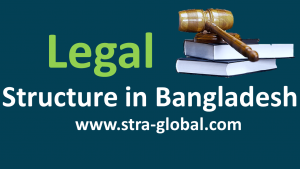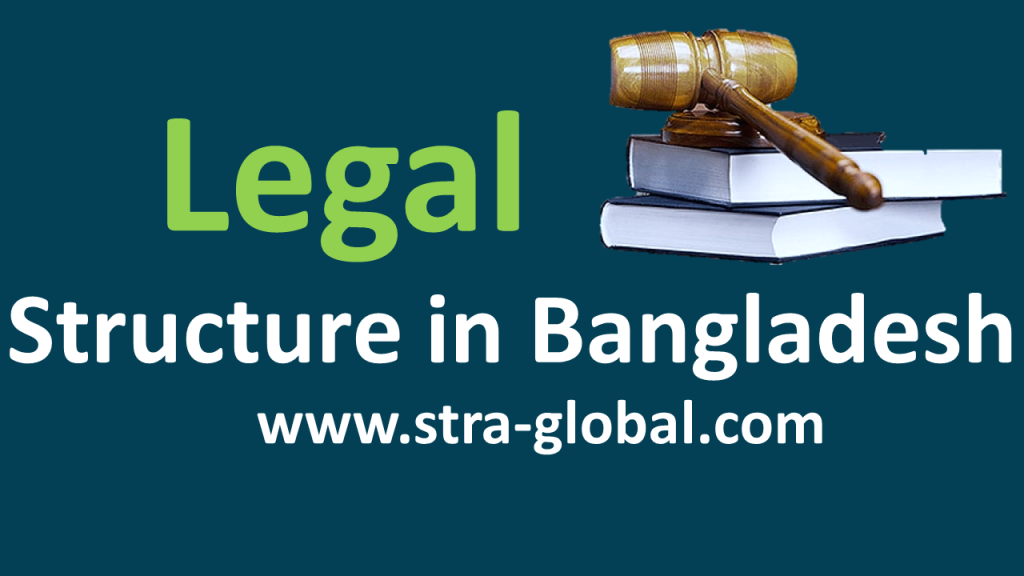The Legal Structure in Bangladesh


The Legal Structure in Bangladesh. The Supreme Court of Bangladesh comprises the Appellate Division and the High Court Division. It is the apex Court of the country and other Courts and Tribunals are subordinate to it. There are a wide variety of subordinate courts and tribunals. The civil courts are created under the Civil Courts Act of 1887. The Act provides for five tiers of civil courts in a district, which bottom-up are (i) Court of Assistant Judge, (ii) Court of Senior Assistant Judge, (iii) Court of Joint District Judge, (iv) Court of Additional District Judge and (v) Court of District Judge. The Code of Criminal Procedure, 1898 provides for different Criminal Courts: (i) Courts of Sessions (ii) Courts of Metropolitan Sessions (iii) Special courts/tribunals (Criminal) (iv) Courts of Metropolitan Magistrate and (v) Courts of Magistrate.
Company matters in Bangladesh are dealt with by the Company Bench of the High Court Division.
Governing Commercial/Business Laws


The Legal Structure in Bangladesh.
- The Companies Act 1994
- The Partnership Act, 1932
- The Societies Registration Act 1860
- The Trade Organization Ordinance, 1961
- The Contract Act, 1872
- The Sale of Goods Act, 1930
- The Bank Companies Act, 1991
- The Bankruptcy Act, 1997
- The Islamic Development Bank Act, 1975
- The Money Loan Courts Act, 2003
- The Financial Institutions Act, 1993
- The Negotiable Instruments Act, 1881
- The Securities Act, 1920
- The Securities and Exchange Ordinance, 1969
- The Investment Board Act, 1989
- The Foreign Private Investment (Promotion & Protection) Act, 1980
- The Labour Code, 2006
- The Patents and Designs Act, 1911
- Trade Marks Act, 2009
- The Consumer Rights Protection Act, 2009
- The Imports and Exports (Control) Act, 1950
- The Patents and Designs Act, 1911
- Trade Marks Act, 2009
- The Insurance Act, 2010
- The insurance Development & Control Authority Act, 2010
- The Insurance Corporations Act, 1973
- Income Tax Ordinance 1984




